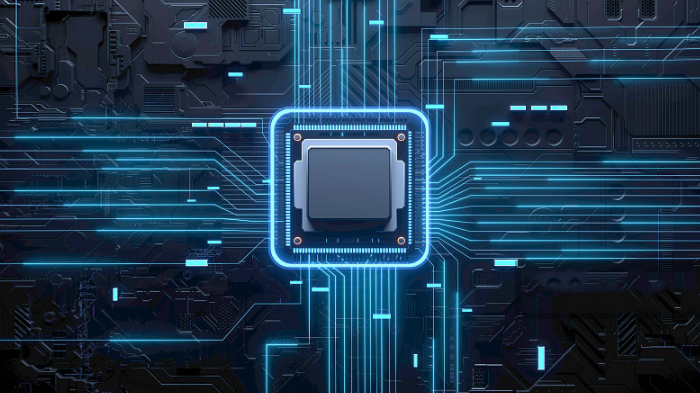Publish Time:2021-09-14 Views:
Characteristics and parameters of high frequency rectifier diodes
The rectifier diode in the switching power supply must have the characteristics of forward voltage reduction and fast recovery, and should also have enough output power. The following three types of rectifier diodes can be used: fast recovery rectifier diodes; ultra-fast recovery rectifier diodes; Schott Base rectifier diode. Fast recovery and ultra-fast recovery rectifier diodes have moderate and high forward voltage drop, and the range is from 0.8 to 1.2V. These two types of rectifier diodes also have higher cut-off voltage parameters. Therefore, they are particularly suitable for use in low-power auxiliary power circuits with output voltages around 12V.

Since the operating frequency of modern switching power supplies is above 20kHz, the reverse recovery time of fast recovery rectifier diodes and ultra-fast recovery rectifier diodes has been reduced to the nanosecond level compared with ordinary rectifier diodes. Therefore, the power supply is greatly improved. s efficiency. According to experience, when choosing a fast recovery rectifier diode, its reverse recovery time should be at least 1/3 of the rise time of the switching transistor. These two kinds of rectifier diodes also reduce the switching voltage spike, and this spike directly affects the ripple of the output DC voltage. In addition, although some so-called soft-recovery rectifier diodes have lower noise, their reverse recovery time is longer and the reverse current is larger, which increases the switching loss and cannot meet the working requirements of the switching power supply.
Whether fast recovery rectifier diodes and ultra-fast recovery rectifier diodes are used as rectifier devices in switching power supplies need a heat sink, which depends on the maximum power of the circuit. Under normal circumstances, the allowable junction temperature of these diodes is 175°C during manufacture. The manufacturer has a technical description of this indicator to provide the designer to calculate the maximum output operating current, voltage, and case temperature. Even under the action of large forward current, the forward voltage drop of Schottky rectifier diode is very low, only about 0.4V, and as the junction temperature increases, its forward voltage drop is lower. Therefore, Schottky rectifier diodes are particularly suitable for low-voltage output circuits around 5V. The reverse recovery time of the Schottky rectifier diode is negligible, because this device is a majority carrier semiconductor device. During the switching process of the device, there is no problem of removing the stored charge of the minority carrier.
Schottky rectifier diodes have two major shortcomings: First, the reverse cut-off voltage tolerance is low, the product is about 100V; Second, the reverse leakage current is large, making the device more susceptible to heat than other types of rectifier devices breakdown. Of course, these shortcomings can also be overcome by adding a transient overvoltage protection circuit and appropriately controlling the junction temperature. Shows the characteristics and parameters of a typical high-speed rectifier diode.